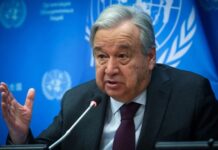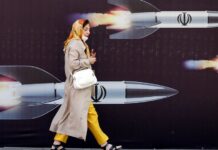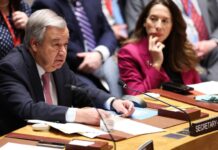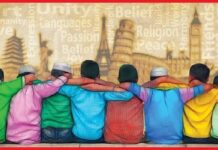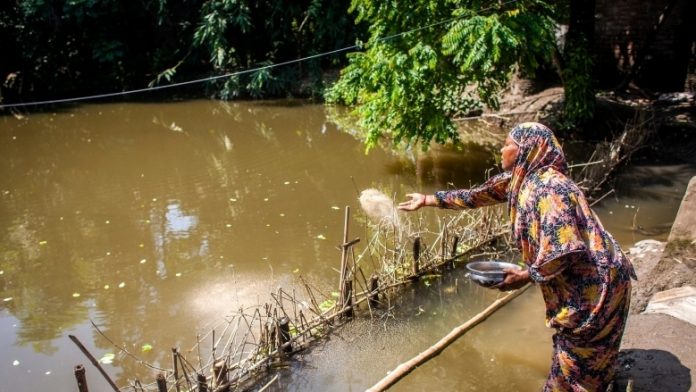
Dailynewsun News Desk
All the nations must work together for resilient recovery and reversing setbacks to poverty reduction, said a report by World Bank.
For over two decades, extreme poverty was steadily declining. Now, for the first time in a generation, the quest to end poverty has suffered its worst setback.
The poverty and shared prosperity series provide a global audience with the latest and most accurate estimates on trends in global poverty and shared prosperity.
New data and analysis on the causes and consequences of this reversal and identifies policy principles countries can use to counter it, WB said in its report.
The report titled “The poverty and Shared Prosperity 2020: Reversals of Fortune” presents new estimates of COVID-19’s impacts on global poverty and inequality.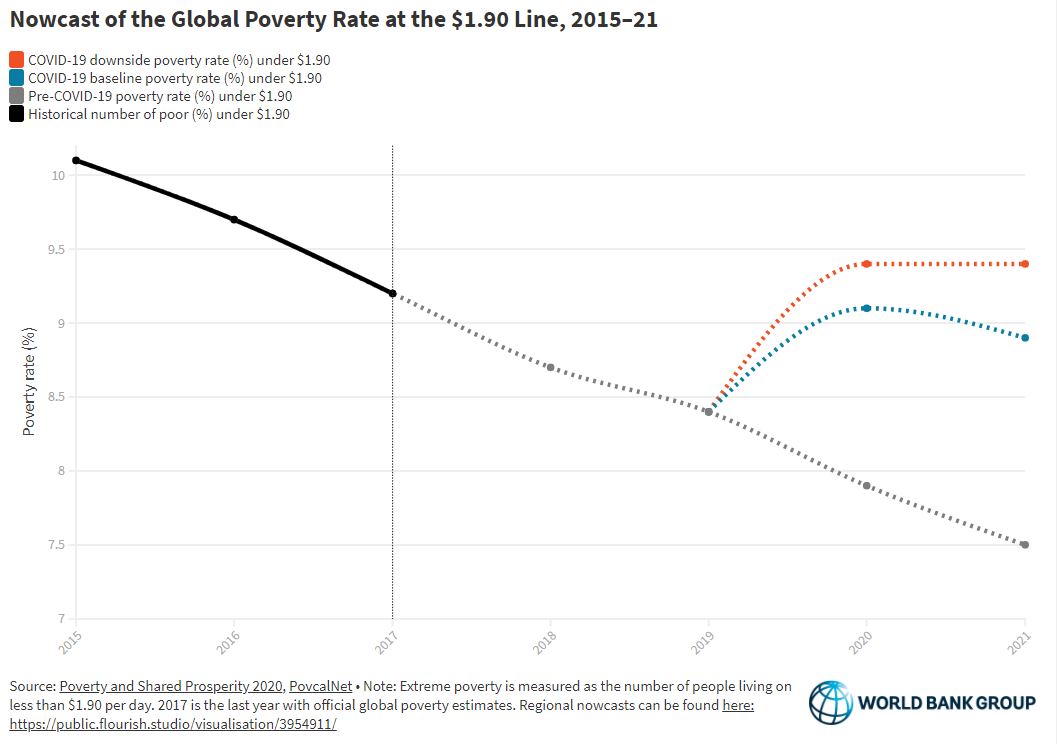
Harnessing fresh data from frontline surveys and economic simulations, it shows that pandemic-related job losses and deprivation worldwide are hitting already-poor and vulnerable people hard, while also partly changing the profile of global poverty by creating millions of “new poor.”
Furthermore, the report breaks ground by jointly analyzing three factors whose convergence is driving the current crisis and will extend its impact into the future: the COVID-19 pandemic, armed conflict, and climate change.
Shared Challenges & Global Goals
While important gains in reducing global poverty have been made steadily since 1998, the pace of this reduction had slowed considerably in recent years. It was becoming increasingly unrealistic to expect that the goal of reducing extreme poverty to below 3 percent would be attained at the global level by 2030, unless there was a widespread and sustained improvement in inclusive economic growth.
Unprecedented levels of global prosperity are threatened by three global forces that are intertwined, aggregating and reinforcing one another: a pandemic (linked to an economic crisis), armed conflict, and climate change.
Poverty Reduction Slowed
Through 2017, the last year for which global data are available, extreme poverty reduction slowed compared with previous decades. This deceleration alone would have made it hard to reach the 2030 target of 3 percent global poverty.
Now, the COVID-19 (coronavirus) pandemic has reversed the gains in global poverty for the first time in a generation. By most estimates, this reversal of fortune is expected to push between 88 million and 115 million more people into extreme poverty in 2020.
But COVID-19 is not the only reversal that threatens the poverty goals: Confronting conflict and climate change will also be critical to putting poverty eradication back on track.
Shared prosperity
Shared prosperity focuses on the poorest 40 percent of a population and is defined as the annualized growth rate of their mean household per capita income or consumption.
The shared prosperity premium is the difference between this and the annualized growth rate for the whole population. Shared prosperity and the shared prosperity premium are important indicators of inclusion and well-being in any country and correlate with reductions in poverty and inequality.
A preliminary outlook provides evidence that the global COVID-19 pandemic would reduce shared prosperity and the shared prosperity premium with the likely consequence, based on the patterns of shared prosperity from recent years, of increases in poverty and inequality in the near future.
Climate Risks, Conflict & COVID-19 Affect Economies
More than 40 percent of the global poor live in economies affected by conflict and violence, and, in some economies, most of the poor are concentrated in specific areas.
About 132 million of the global poor live in areas with high flood risk. Moreover, many of the poor face exposure to multiple risks. In several countries, a large share of the poor lives in areas that are both affected by conflict and face high exposure to floods.
Facing the COVID-19 Pandemic
Facing the COVID-19 pandemic, many of the new poor are likely to live in congested urban settings and to work in the sectors most affected by lockdowns and mobility restrictions; many are engaged in informal services and not reached by existing social safety nets. Conflict, climate change, and COVID-19 are having a clear impact on the global poor, in many cases compounding the challenges of those living in poverty.
The current moment of crisis is extraordinary. No prior disease has become a global threat so quickly as COVID-19. Never have the world’s poorest people resided so disproportionately in conflict-affected territories and countries. Changes in global weather patterns induced by human activity are unprecedented.
The report provides recommendations for a complementary two-track approach: responding effectively to the urgent crisis in the short run while continuing to focus on foundational development problems, including conflict and climate change.


